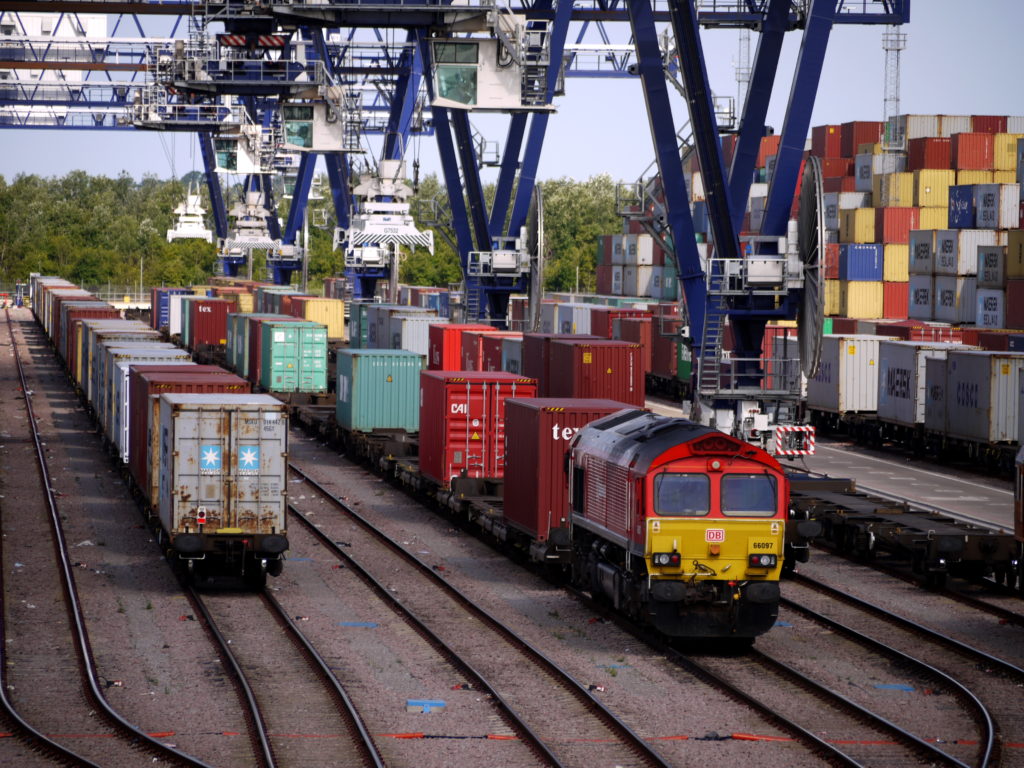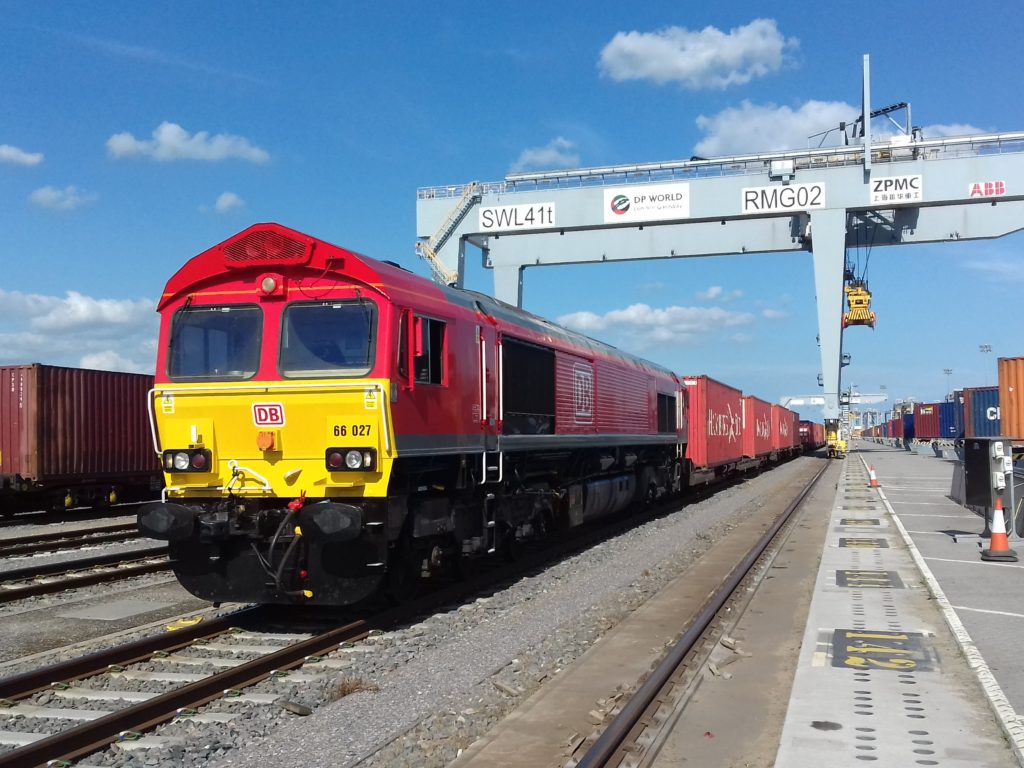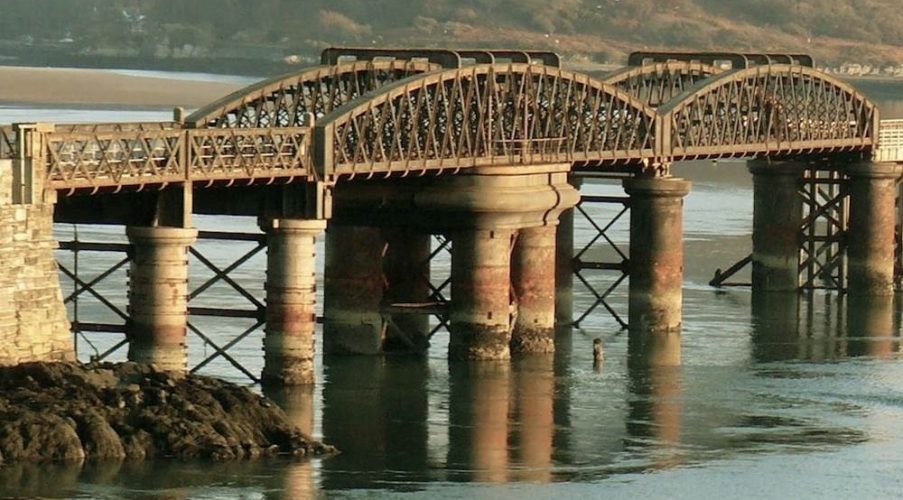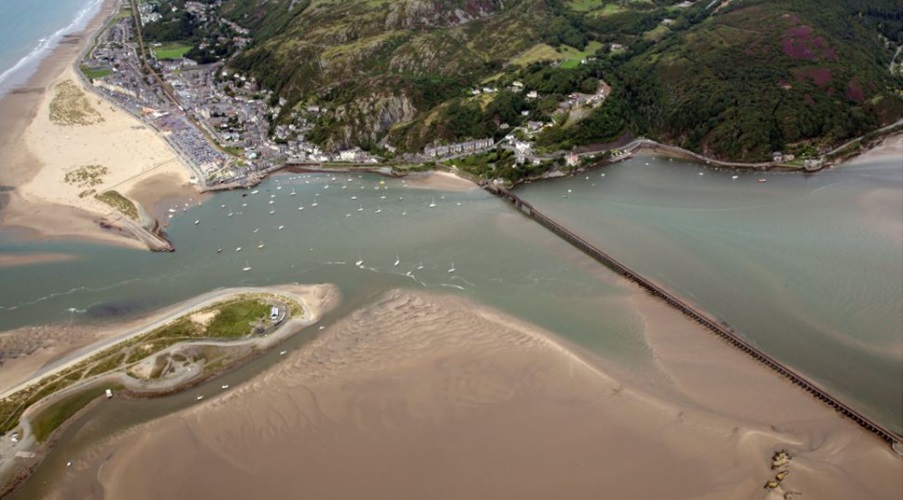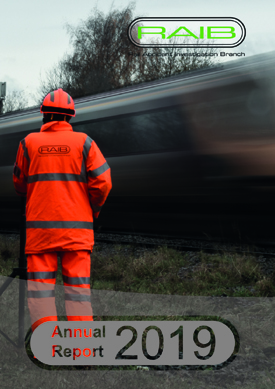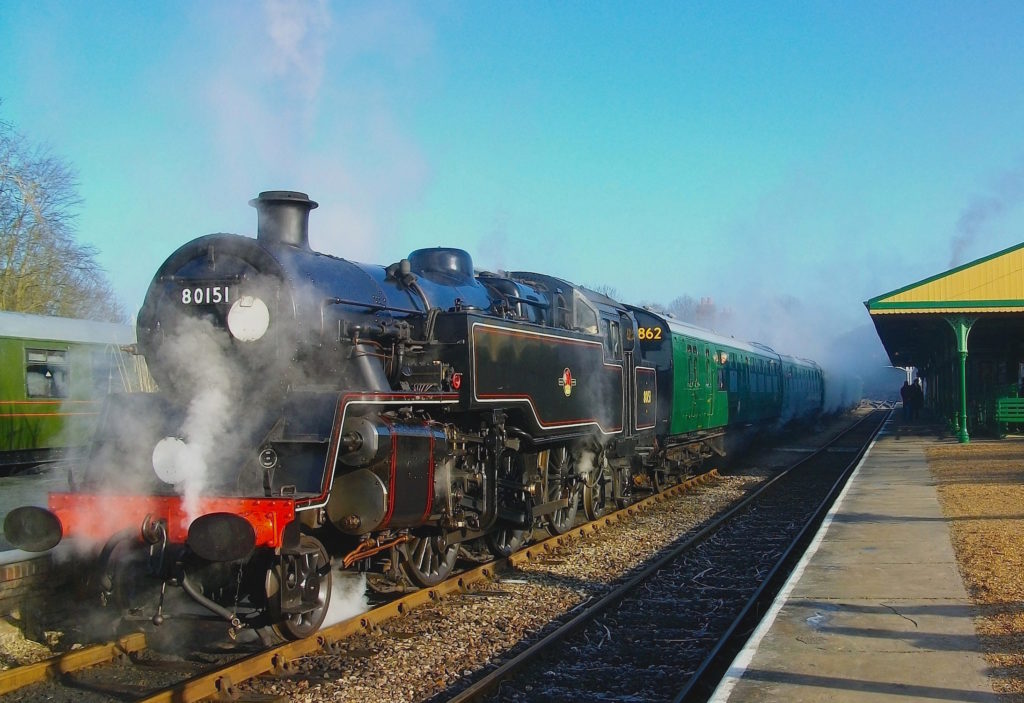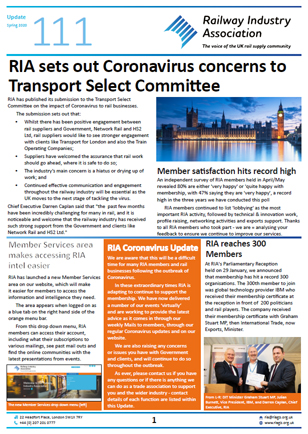Components for one of the first large structures to be built as part of the HS2 high-speed rail project have arrived on site.
Cleveland Bridge, a world-leading steel engineering company involved in the construction of the Wembley Arch and the Shard, has produced twenty four massive steel girders that will form part of four modular bridges at the site of HS2’s new Interchange station in Solihull.
County Durham-based Cleveland Bridge won a major contract in 2019 to supply 1,130 tonnes of steel girders to HS2’s early works joint venture LM (Laing O’Rourke / Murphy).
Sixteen of the 20-metre girders have been pre-assembled in the Cleveland Bridge factory as 50 tonne pairs, to minimise the amount of delivery vehicles on the road. Specialist haulage equipment has now transported those girders to the site, where they will be assembled in a purpose-built area using 8,500 high-strength bolts, to make a 65-metre single span.
The assembled steel bridge structure, which will span the M42, will work in conjunction with a composite concrete deck to provide the overall bridge structure. Once the fully decked bridge has been completed, this 2,750 tonne structure will be moved into its final position over the motorway.
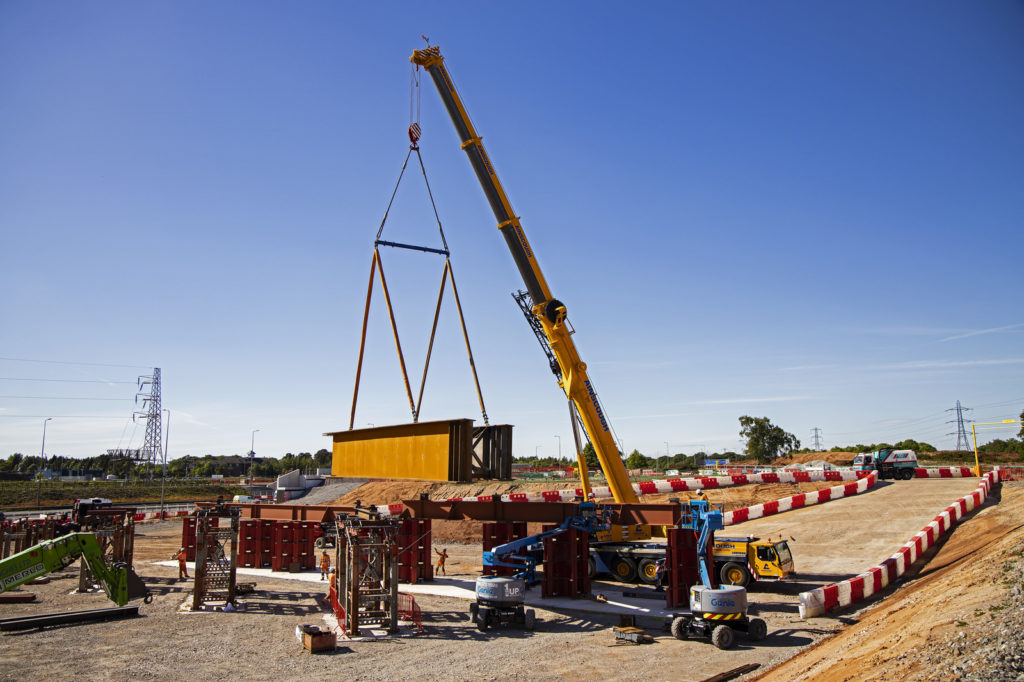
UK specialist engineering company Expanded has supported the bridge delivery for LM, with the modular supports for the bridge on either side of the motorway made offsite in Nottinghamshire by Explore Manufacturing.
The two modular bridges are being constructed near the site of the new HS2 Interchange station, forming new connections to a triangle of land formed by the M42, A45 and A452. They are the first permanent structures to be built by HS2 and will span the M42 and A446 respectively, with a further two bridges to take roads over the new high-speed line. They are part of a remodelling of the road network in the area to divert the roads out of the way of the new HS2 line and at the same time connect the current road network to the new station.
Based at a 22-acre site in Darlington, Cleveland Bridge employs around 250 people, with the vast majority from the local area. The company also employs more than 15 apprentices, a number of whom have been working on the HS2 contract.
Bill Price, HS2’s head of enabling works, said: “It’s fantastic to see construction work stepping up a gear on the first permanent structures to be built by HS2, and to see how this work is creating jobs and opportunities for people right across the country. Businesses and employees in every region of the UK are helping to build HS2, and over 9,000 jobs are now supported by the programme, with 98% of over 2,000 contracts going to UK registered businesses like Cleveland Bridge.
“These highway works are a major project in their own right, involving construction workers, specialist engineers, designers and project managers. We’re utilising cutting edge technology and world-leading construction techniques such as this modular bridge design, to deliver the highest level of quality and efficiency as we build Britain’s new railway.”
Simon Russell, LMJV project director, added: “Digital design and offsite manufacturing have enabled us to develop these bridges virtually, and then assemble the components on site. The beams will be assembled and then the concrete deck and parapets added to form the new bridge in a custom worksite beside the motorway.
“We are using modular concrete components produced off site to form the deck and parapets, which improves programme reliability and reduces the amount of on-site working. The composite steel and concrete superstructure will be driven into place this summer.
“This is engineering innovation at its best – the assembly of high quality components, built in safe factory environments, and delivered to site when needed, mean less impact on the local community, fewer vehicle movements, and greater construction efficiency for the project. We’re proud to be at the heart of this landmark moment in HS2’s delivery.”







